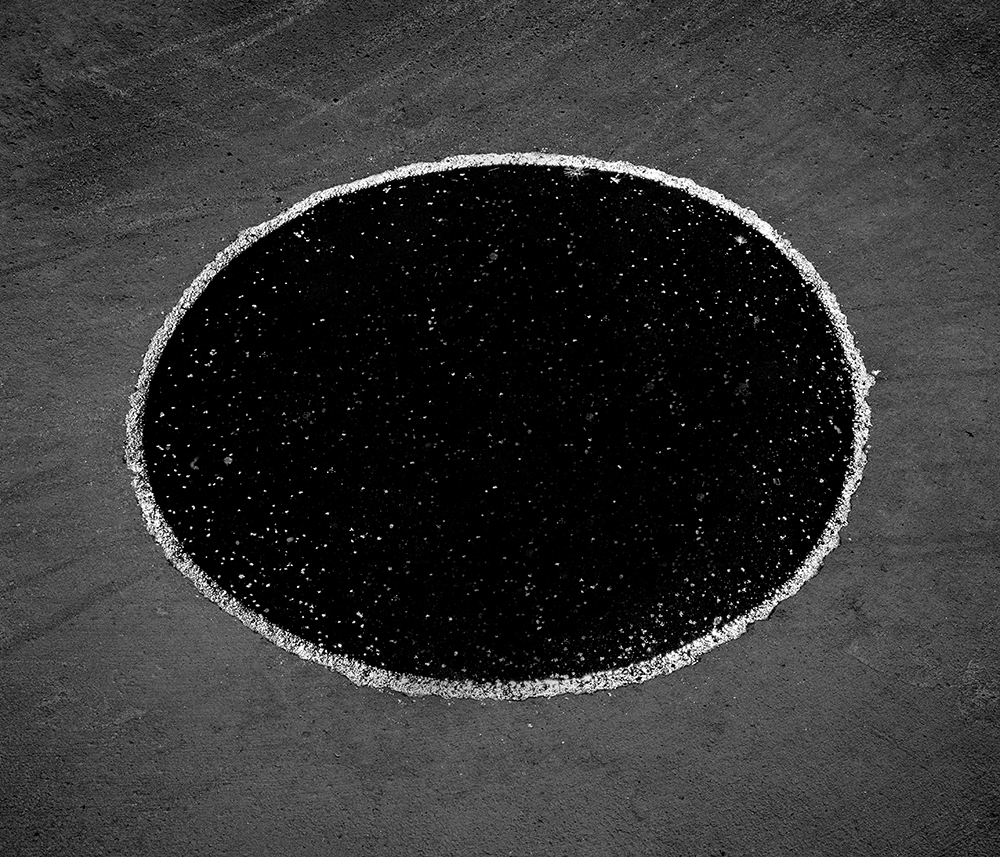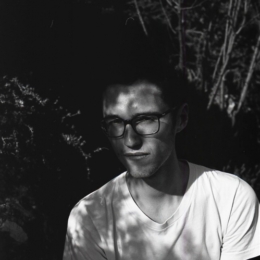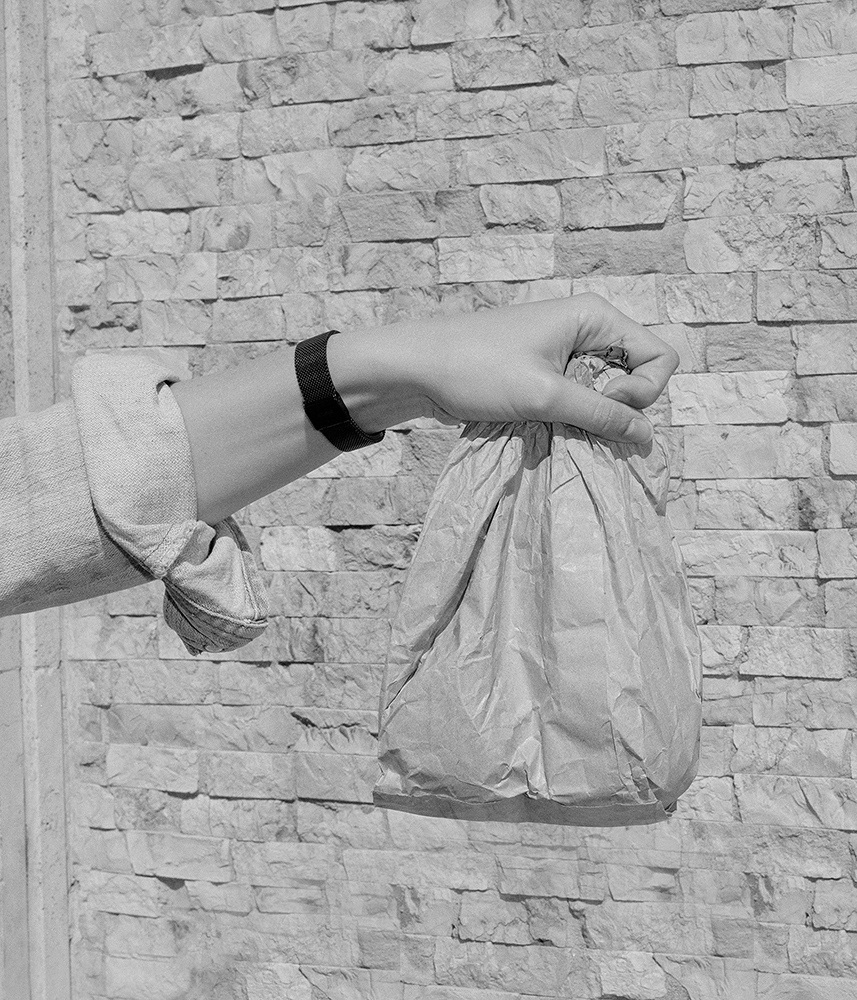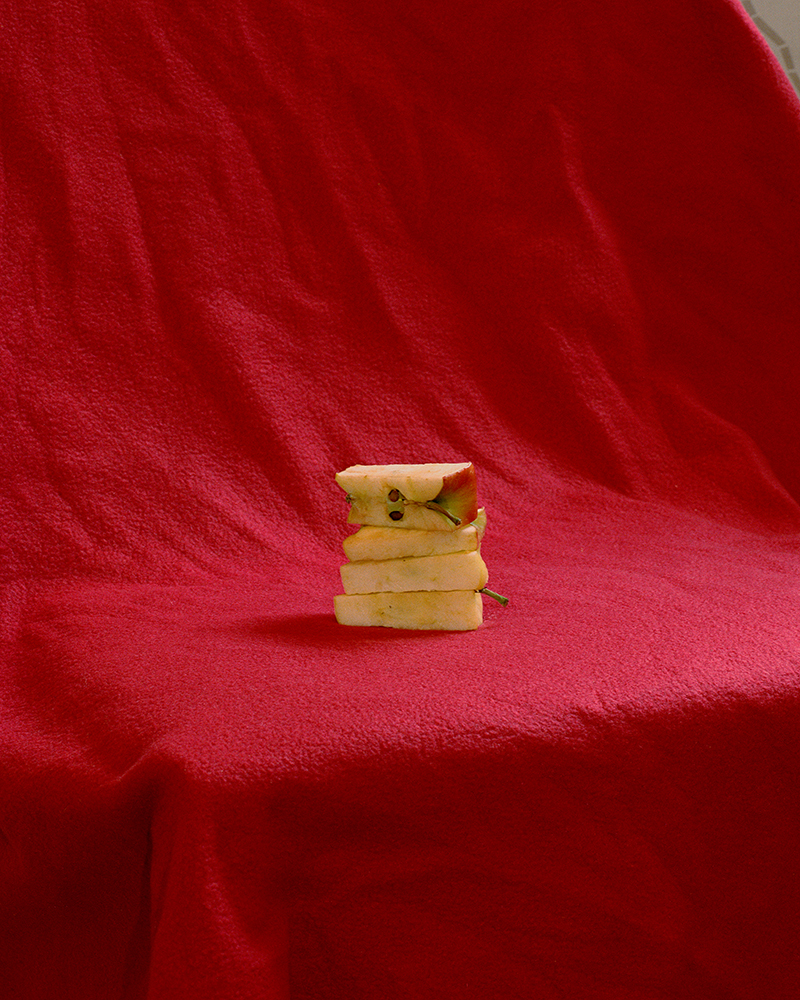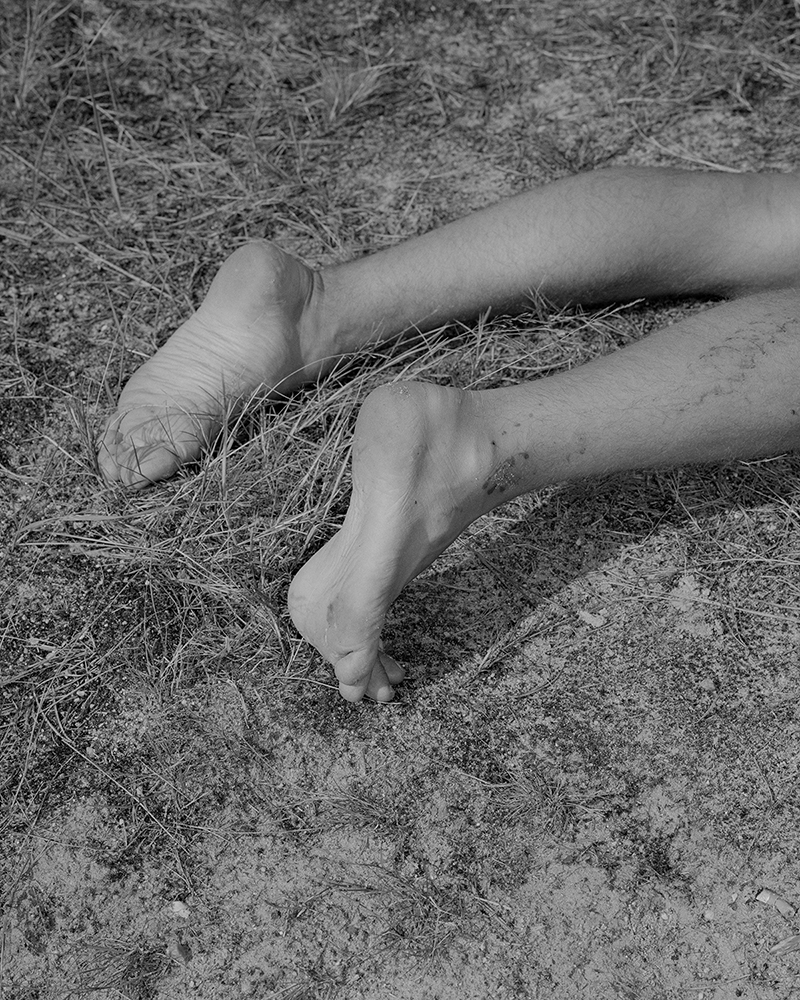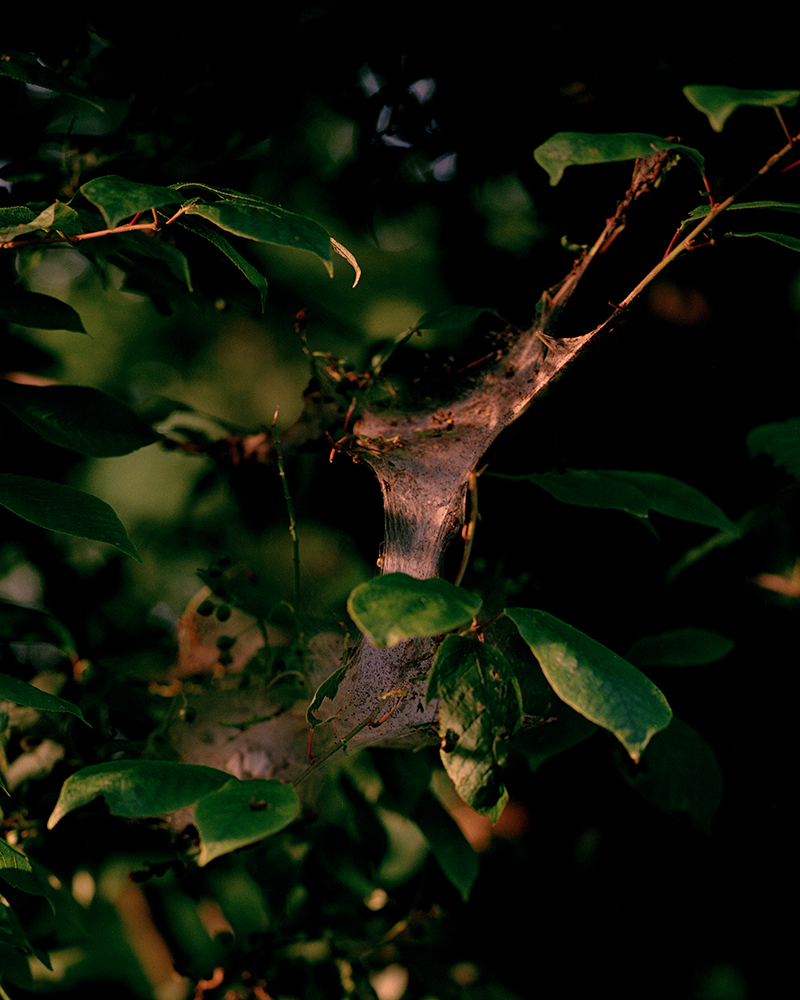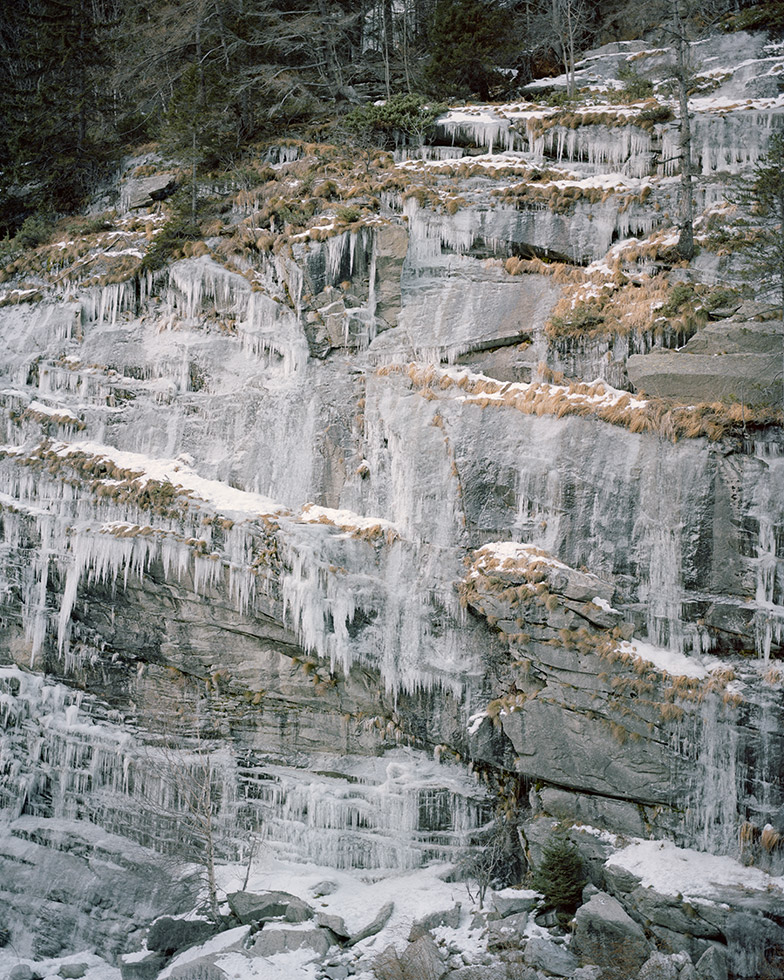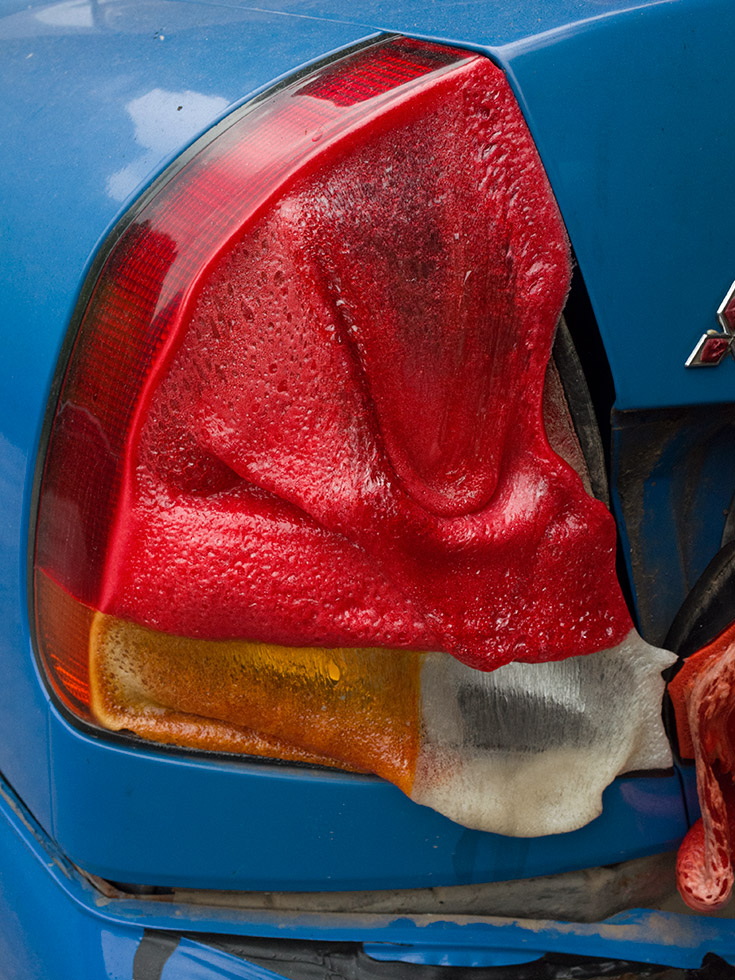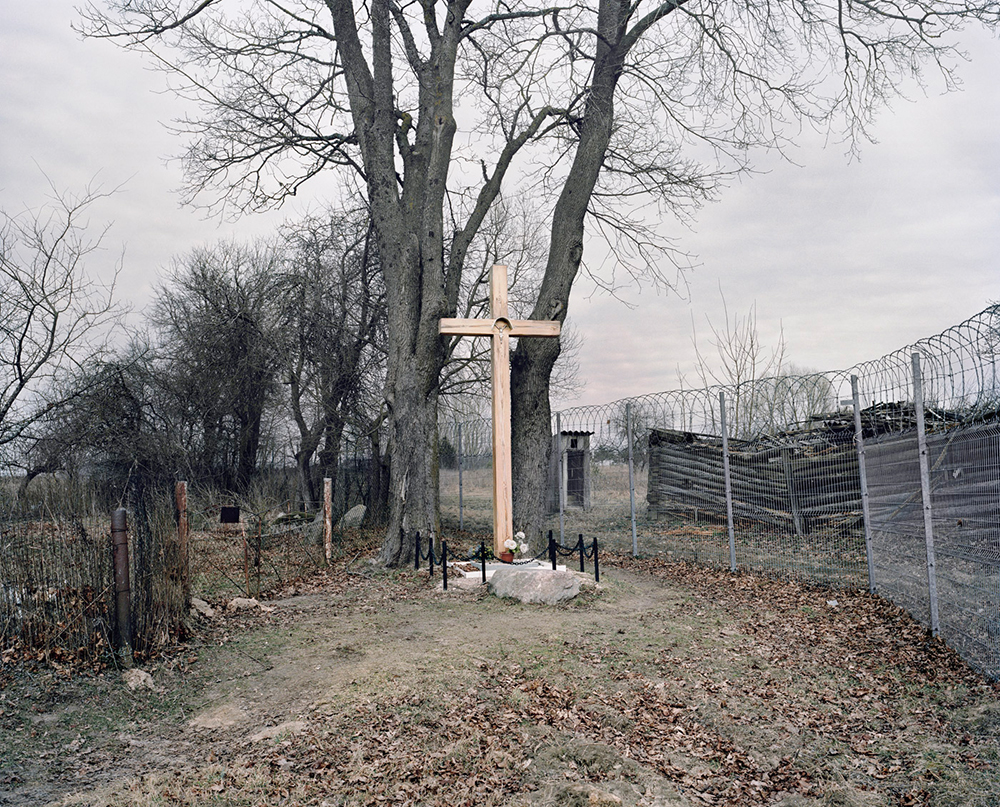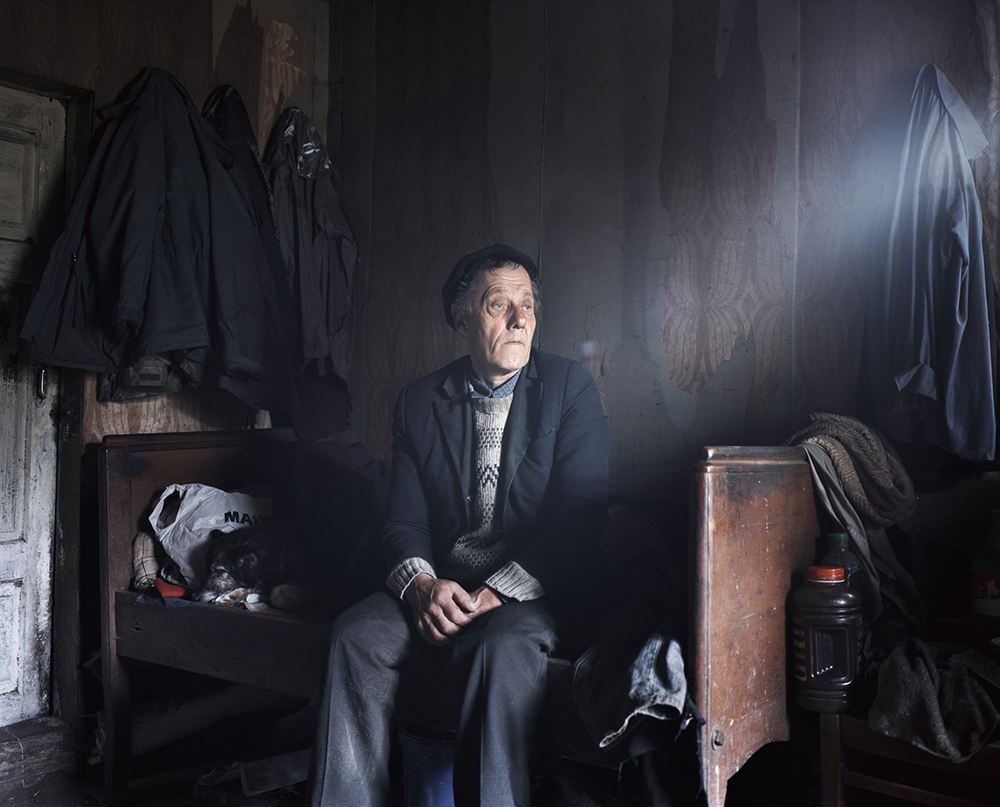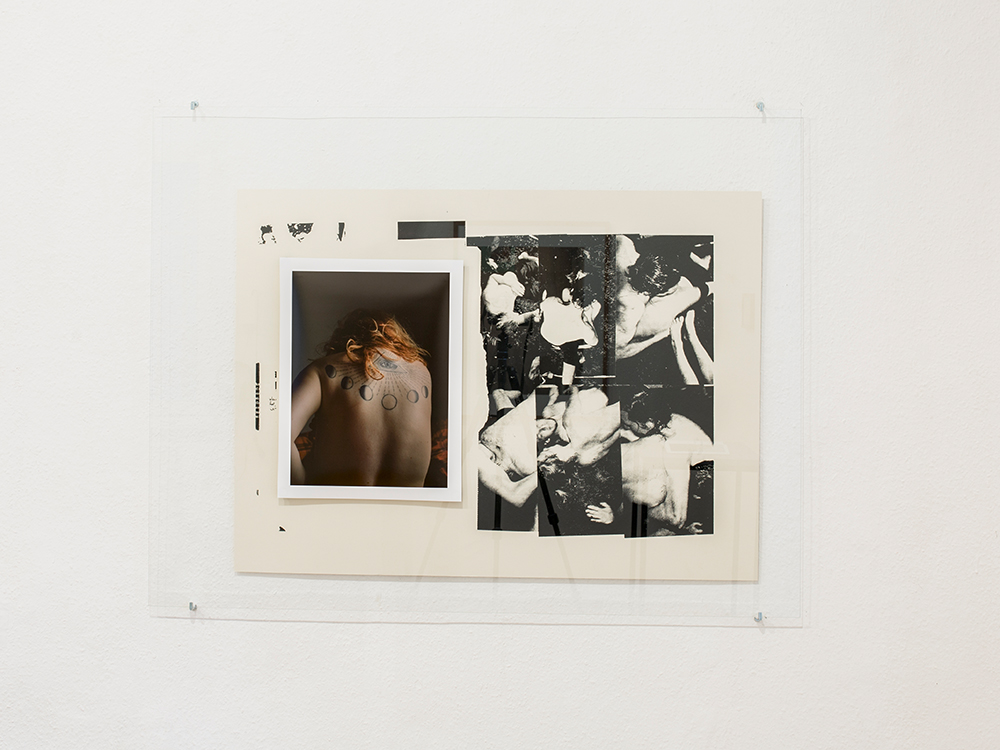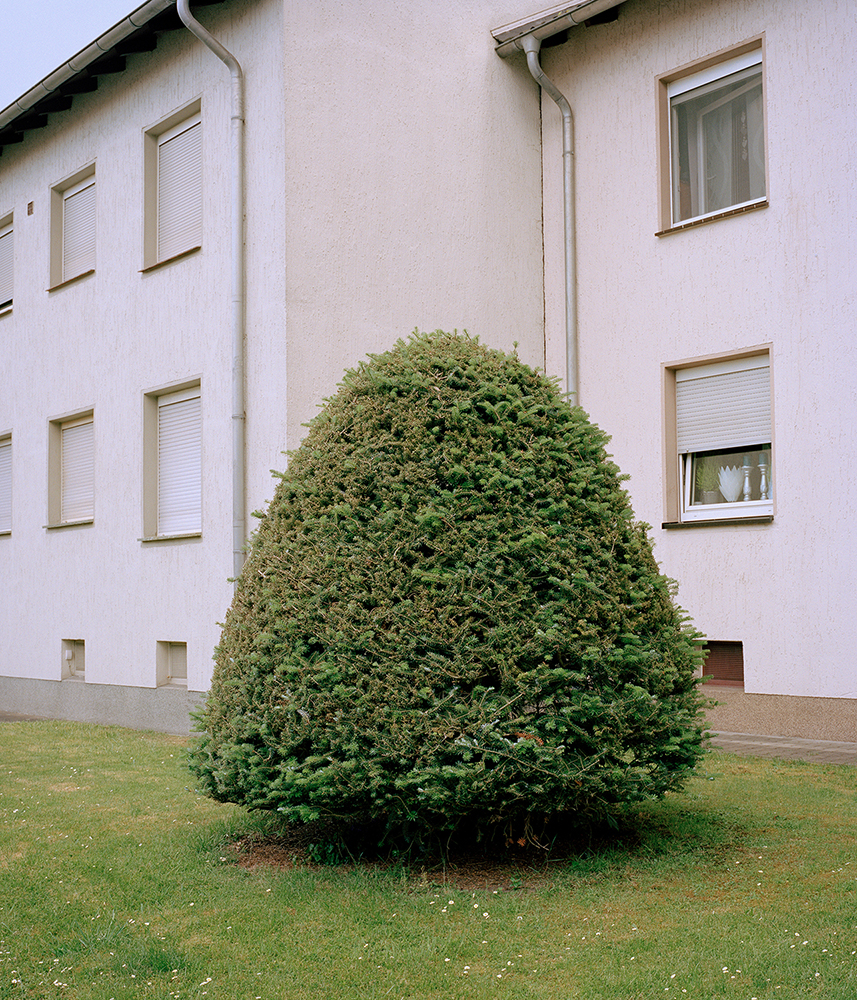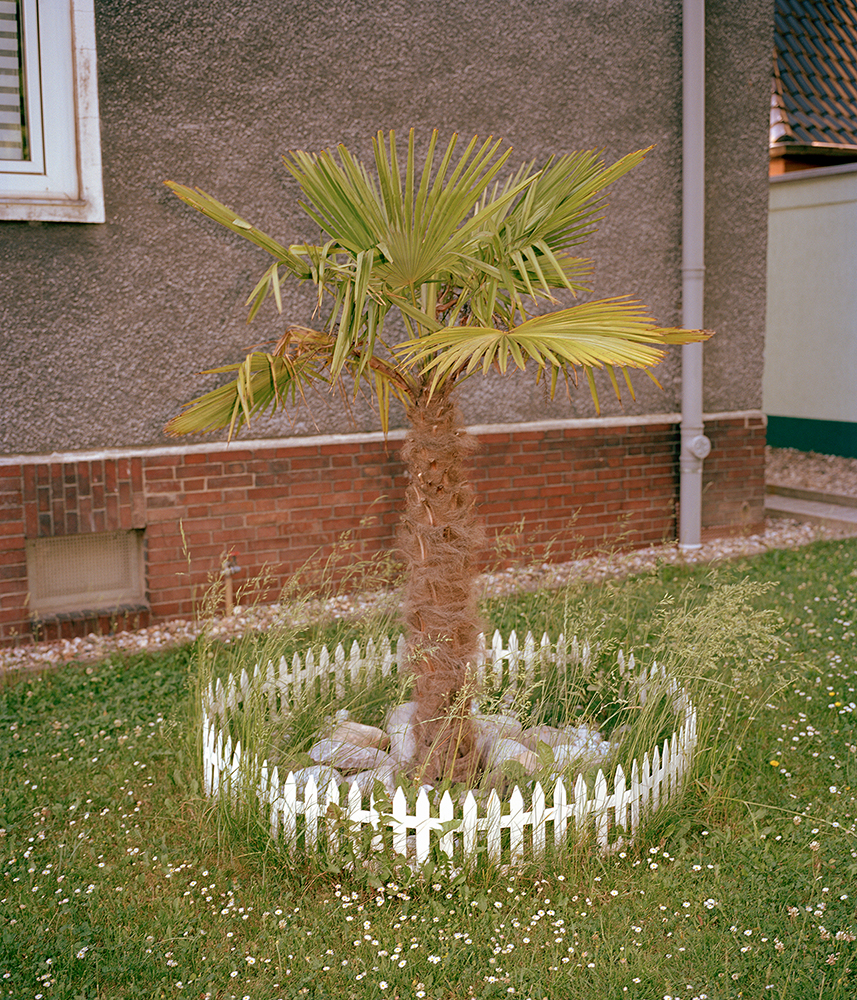Marco Scozzaro
Artist Feature
Every week an artist is featured whose single image was published by Der Greif. The Feature shows the image in the original context of the series.
Johann Husser - Our Only True Life Is In The Future
Jan 24, 2018
„Our only true life is in the future.“ dictates O´Brien in 1984 by Orwell. „We shall take part in it as handful of dust and splinters of bone. But how far away that future may be, there is no knowing.” He continues.
The project attempts to create a hypothetical future vision, which is inspired by books such as “1984”, “Stalker” or “Do Androids Dream Of Electric Sheep?”. Being fascinated by dystopian novels and dystopian science fiction films, it captivates me how humans imagine their future and what significant role technological progress plays in it.
Drawing material not only from my own photographic stock, but also from the archives of the NASA, the project not only questions scientific progress and transports the viewer into a dystopian place, but also opens a dialogue between the two photographic languages. With the quote of Godard in the back of my head that “a story should have a beginning, a middle and an end, but not necessarily in that order” , i tried to establish a loose narrative, focusing on atmosphere and the somewhat peculiar nature of my photographs.
Artist Blog
The blog of Der Greif is written entirely by the artists who have been invited to doing an Artist-Feature. Every week, we have a different author.
Published in:
»Der Greif #9«
Johann Husser – Pool
Jan 30, 2018 - Johann Husser
I began my guestblog by introducing my bachelor thesis project An den Rändern einer Idee / on the edges of an idea, a project i worked on for a good amount of time. Thinking about what grasps my attention when reading interviews and artist features, it became clear to me that i am very much interested in the process of how projects come about. The state in which those projects do not yet have a perfectly thought out concept but are mere fragments of what might be the shape to come.
So while starting this blog with something that is more or less finished, i thought I’d end my guestblog with something that is not, a state of flux in that sense. The images i am showing were made while working on my BA Thesis and Our Only True Life Is In The Future and can be understood as demos, waiting for a proper recording and contextualization.
Thank you for having me!
Fabrizio Albertini – Radici
Jan 29, 2018 - Johann Husser
From all the interviews and artist features i´ve read last year, Fabrizio Albertinis series Radici was one of those that stood out to me the most. There is this certain something in his images that you can not quite grasp, something that captivates you and makes you revisit the photographs.
“Radici is a story about resilience, is a novel of nature, form and memory. The write of Radici begin in the Cannobina Valley, it starts with a landscape of misty memories childhood images. Radici is the elaboration of a conflict in the present, where the success, in terms of life, depends by the act to sustain a form.”
You can see more of his series on his website and on instagram
Jasper Bastian – A Road Not Taken
Jan 28, 2018 - Johann Husser
An other fellow student of mine i would like to introduce to you is Jasper Bastian and his series A Road Not Taken. Jasper is a German-American documentary photographer. He holds a BA in photography from the University of Applied Sciences and Arts, Dortmund and studied photojournalism at the Danish School of Media and Journalism. He is currently enrolled in the Masters program of the University of Applied Sciences and Arts, Dortmund
“The border between Belarus and Lithuania, two countries previously part of the Soviet Union, was once little more than an insignificant, thin line on a map. The people of this area interacted freely with one another. The bonds of their communal life were strong despite their national diversity. Families often intermarried, creating a common social identity.
With the collapse of the Soviet Union in 1991 and the erection of the European external border between Lithuania and Belarus in 2004, many of these border towns were divided. This territorial re-alignment not only separated these two countries, it also disrupted the once harmonious lives of the people who live here. Many families were torn apart. Spouses, siblings, and close friends now live an entire world away, although their houses are actually only a few meters on the other side of the border.
Those who remain in these towns along the Lithuanian border are now, for the most part, secluded and forgotten. The majority long for the `good old days’, when the borders were open and the Soviet collectives still in operation. These mostly elderly people carefully cultivate their traditions, while being forced to face the demands of changing social and economic conditions. Because of their solitude and lack of urban amenities, they depend principally on what nature provides.”
Alan Richard Huck
Jan 27, 2018 - Johann Husser
Very excited to share new work by Alan Richard Huck today. Alan is currently an MFA candidate at Hartford Art School’s limited-residency program in photography and lives in the United States of America. I am drawn to his timeless photographs by his sense for composition and atmosphere, creating this calm that pulls you into the photograph.
See more of his work on his website and follow him on instagram.
Marc Botschen – Helix I-IIII _also Visions of Johanna
Jan 26, 2018 - Johann Husser
Today i would like to introduce you to the Project Helix I-IIII _also Visions of Johanna by Marc Botschen. This is Marcs BA Thesis project and we studied together, this is what he has to say about his work:
“My work Helix I-IIII _also Visions of Johanna represents an artistic encounter with the concepts of dualism and doubt through the processes and mechanisms of photography and language. Within this complex and ambivalent force-field between ideal and real, thought and expression, the potential of doubt and the methodology of universal dualism is negotiated through photography and language in its combination and confrontation. At the core of this lies an artistic essay dealing with the level on which photography is located to the reality and perception of the viewer and the reality of what’s represented. Switching and crossing between approving and disapproving of what is being said, the photographs and other different types of texts form an expression of dissective meditation and an unfiltered gaze, being affected by the visual surfaces of my surroundings. In this ambivalent arrangement, the characteristics of the photographic and literal conception are put against each other, revealing the poetic vs. the philosophical processes of perception and its consequences. Regarding an image as something that doesn’t actually exist, because only the reactions to it exist, the work ultimately deals with dissolution and the dissolving in the realms of poetic and transeunt expression. I choose both book and exhibition as ways to transform and mediate the different aspects of the work and focus on material movement and context as a central theme in those different ways of engaging with the work and the spectator.”
Book: Leporello, 18,6×29 cm, 112 Pages,
Johann Husser – On the edges of an idea
Jan 25, 2018 - Johann Husser
Dear All,
first off i want to thank Der Greif for having me this week.
I would like to start the Guest Blog with an excerpt of my BA Thesis project, titled on the edges of an idea / An den Rändern einer Idee:
The Ruhr area / Ruhrgebiet, in North Rhine-Westphalia, is the largest metropolitan area in Germany. It is a polycentric agglomeration of several large cities with an industrial past. Historically, the eastern part of the Ruhr area belonged to Westphalia and the western part to the Rhineland. In the early 20th century, the Siedlungsverband Ruhrkohlenbezirk (SVR) proposed to detach the Ruhr area from Rhineland and Westphalia, to form an administrative and geographical unity. The idea of the Ruhrcity is build upon this proposition and even the Regionalverband Ruhr (RVR), a supracommunial institution, later considered a unification of the individual Ruhr cities. Merging those cities under the moniker of the Ruhrcity would result in the formation of the largest city in Germany.
The work on the edges of an idea / An den Rändern einer Idee is a photographic study of urban utopias. With the idea of the Ruhrcity in mind, the project focuses on the city’s outlying suburbs and the peripheral structure of the region. Dieter Hoffmann-Axthelm pointed out that municipal development is best to be seen on the edges of towns, therefore fields of interest and investigation were developed to build a conceptual framework for the project. The photographs where taken within 26 site visits of the greater Ruhr area, traveling from city to city and focusing on the border area and the psychhogeographic aspects of the urban surroundings.
By taking up the role of a traveler and employing the archetype of the non-place, the project questions the cohesiveness of the Ruhr area as one city. The result is a body of work that examines the connections between these cities and how urban space can be recorded and understood in a photographic context.















